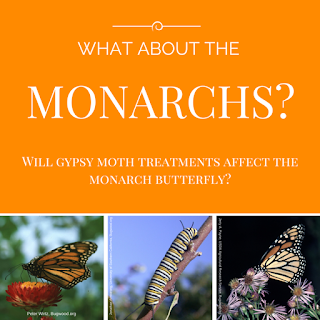Animal Disease Traceability manager
If you’re shipping dairy or beef cattle across state lines and want quick information on interstate travel requirements, there’s a relatively new website you should check out.
InterstateLivestock.com, sponsored by the U.S. Animal Health Association (USAHA) and the National Institute for Animal Agriculture, has been operating since October.
The information posted on the website makes it easier for producers, veterinarians and marketers to understand and meet animal health import requirements before moving cattle. Once online, users enter the state they are shipping from and the destination state. The user then will be asked pertinent questions including species, sex, and age of the livestock; certificate of veterinary inspection status, and other necessary details.
State animal health officials collaborated on creating the site. Each state, including Washington, updates its import requirements on the website when new or amended livestock rules are adopted.
The website provides instant access to shipping information without having to call a specific state about requirements. Navigating the website is quick and easy to follow. Check out InterstateLivestock.com today.





